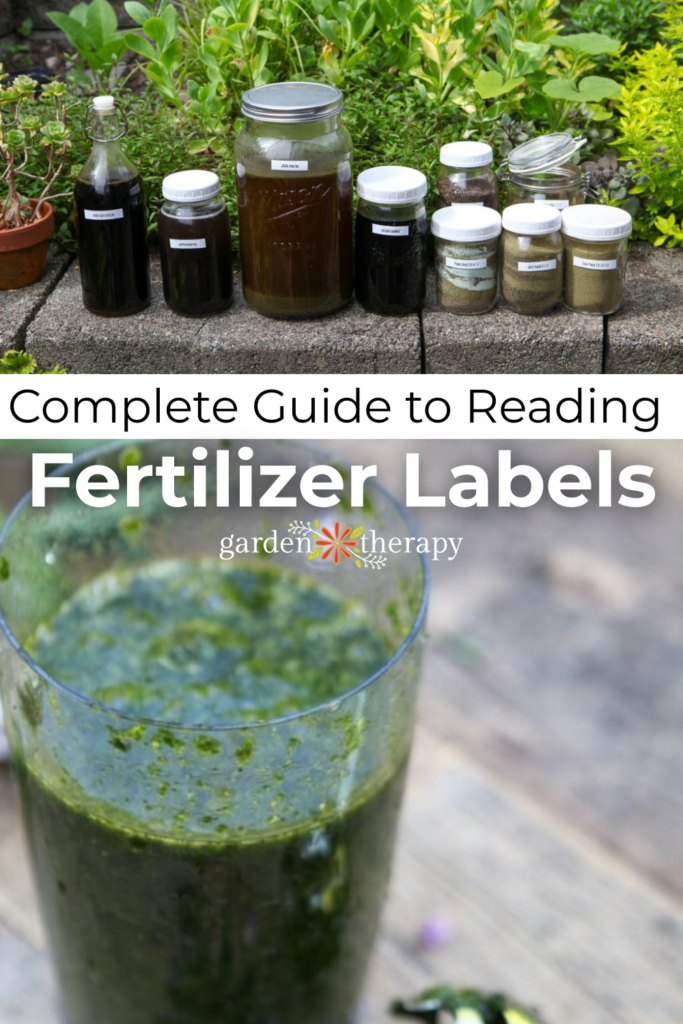What is NPK? This key metric will help you ensure you’re giving your plants the right amount of primary nutrients. Read on to learn the basics of choosing a fertilizer, including NPK meaning, ratios, and how to know which fertilizer is right for your plants.
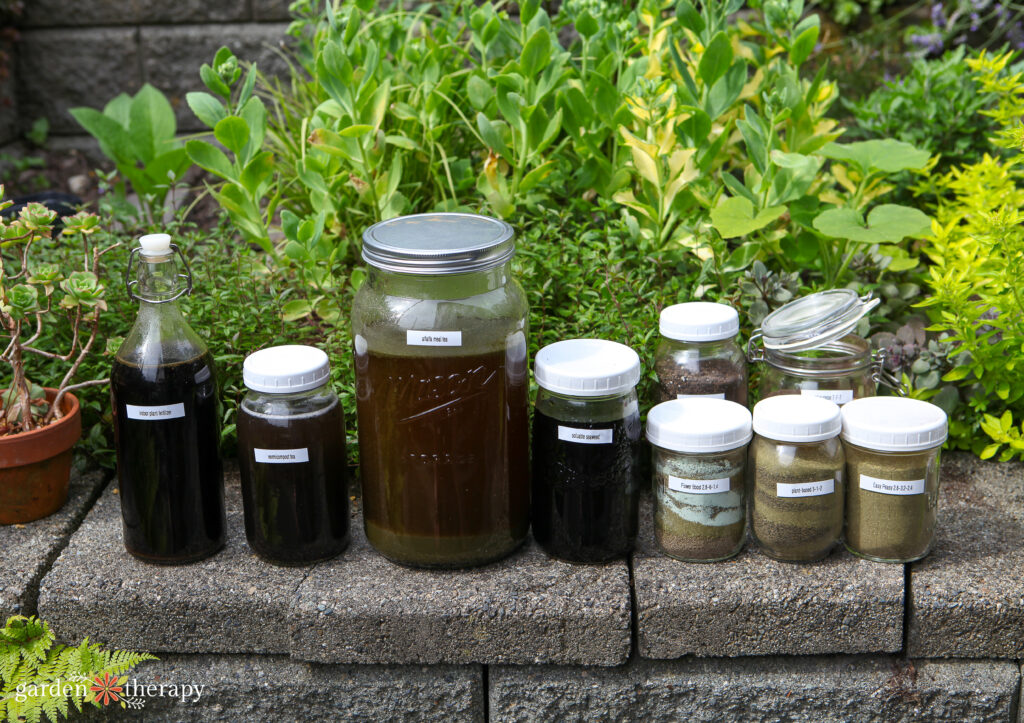
Alongside planting instructions and watering guidelines, fertilizer is one of the main components of growing a plant. When you first start gardening, reading a fertilizer label can feel like reading complete gibberish.
What on earth does 10-5-7 even mean?!
You’re not alone in wondering what NPK stands for. It can even confuse seasoned gardeners. Before buying fertilizer, it’s important you have a grasp on N-P-K ratios, as they will tell you exactly how many primary nutrients the fertilizer contains—not all fertilizers are equal!
Let’s dive into what is NPK and why it’s crucial for growing perfectly green, flowering, vigorous plants.
What is NPK?
NPK stands for the primary nutrients a plant needs. N stands for nitrogen, P for phosphorus, and K for potassium. Plants require them in relatively large amounts. An imbalance of the primary nutrients can severely affect your ability to produce healthy plants.
Plants also need secondary nutrients and micronutrients, such as calcium, magnesium, sulphur, and trace elements of iron, zinc, manganese, boron, copper, and more. These aren’t represented in NPK, but the packaging may list any other secondary nutrients and micronutrients it contains.
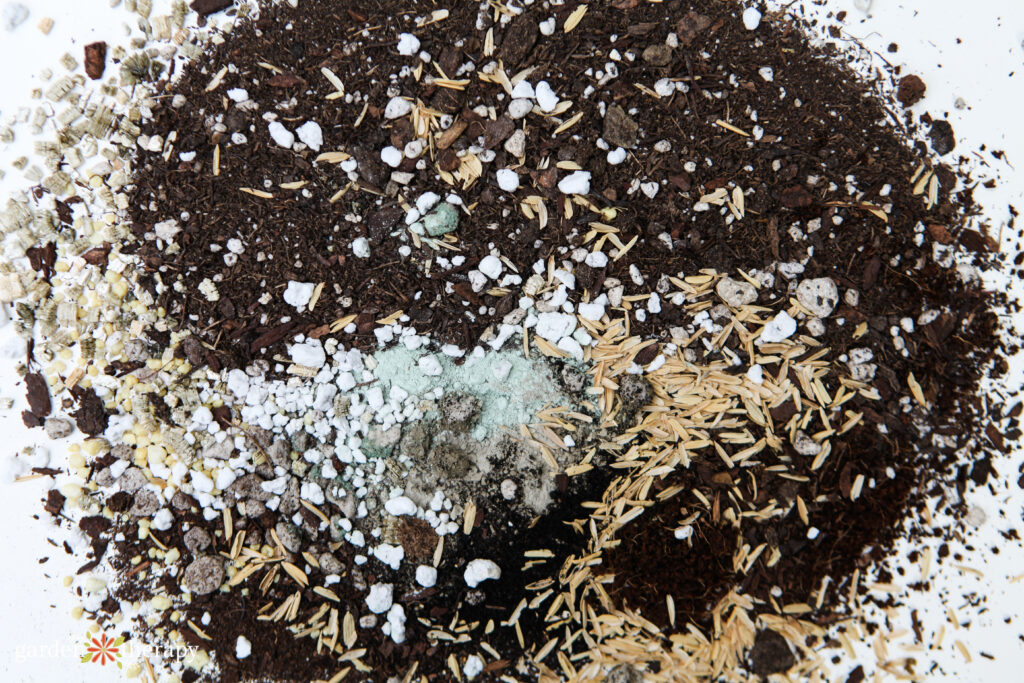

Understanding NPK Fertilizer Ratio
When reading a fertilizer label, the fertilizer ratio is represented in N-P-K format. For example, an all-purpose garden blend may be listed as 7-7-7, indicating it has equal amounts of nitrogen, phosphorus, and potassium.
The numbers represent a percentage. For instance, alfalfa meal will be listed as 3-0-3, indicating it contains 3% nitrogen, 0% phosphorus, and 3% potassium. Alfalfa meal therefore contains a total of 6% of primary nutrients. The remaining 94% will be secondary nutrients, micronutrients, and filler.
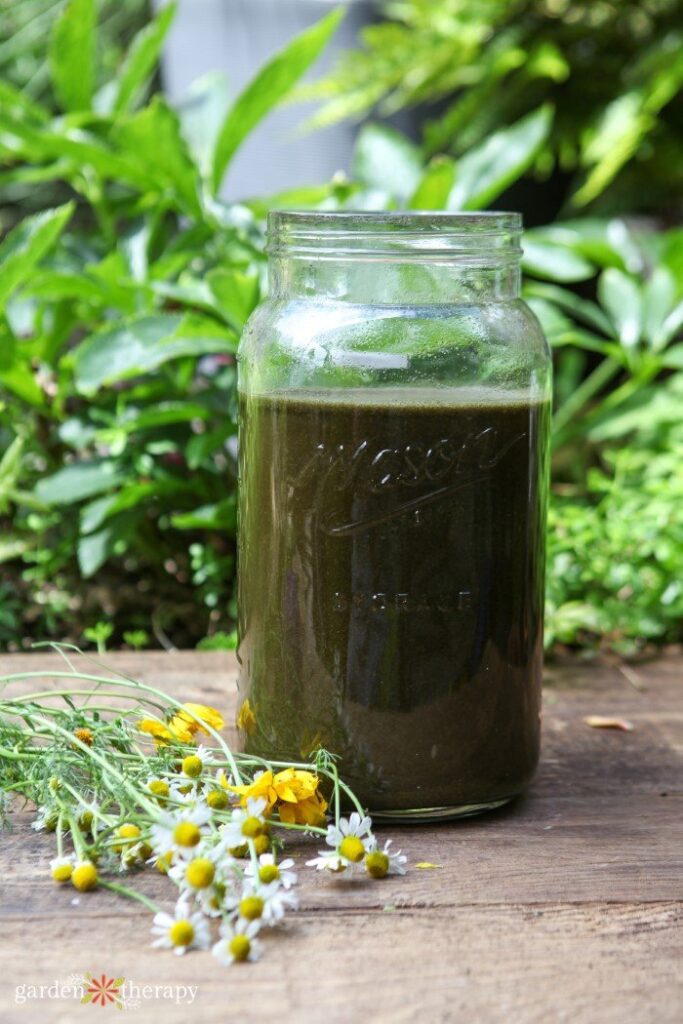

What Does Nitrogen Do for Plants?
The first number in NPK stands for Nitrogen. Nitrogen is the nutrient that stimulates plant growth above the soil. Nitrogen is also important in photosynthesis, as it helps with chlorophyll production.
Nitrogen is key for growing the leafy, green parts of the plant. While important for all plants, it is the main nutrient to look out for in those plants where the foliage is more important than the flowers.
An overabundance of nitrogen can cause plants to be tall and leafy, without producing flowers or fruit. On the opposite end, not enough nitrogen can look like the yellowing of usually green foliage.
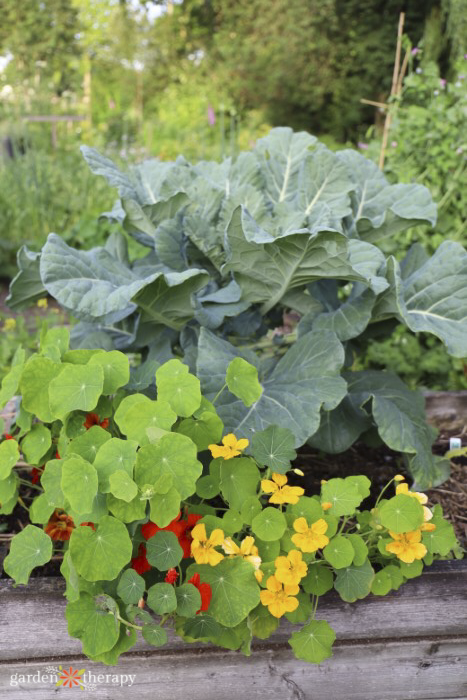

What Does Phosphorus Do for Plants?
The middle number in NPK stands for phosphorus. Phosphorus stimulates root growth and flowering. It helps to establish young plants and aids photosynthesis, respiration, and growth. This is a key nutrient in the spring, when the plant does most of its growth.
Many ‘bloom booster’ fertilizers are labelled as such because of their phosphorus levels. If you notice that your container plants and hanging baskets aren’t flowering as much as they should be, adding some additional phosphorus could be the key to more blooms.
What Does Potassium Do for Plants?
The last number in NPK stands for potassium. Potassium promotes all-around plant health, vigour, and disease resistance. Think of it like taking daily vitamins—plants that have enough potassium are more ready to fight off disease and have a stronger immune system.
Potassium also helps move water and nutrients throughout the plant.
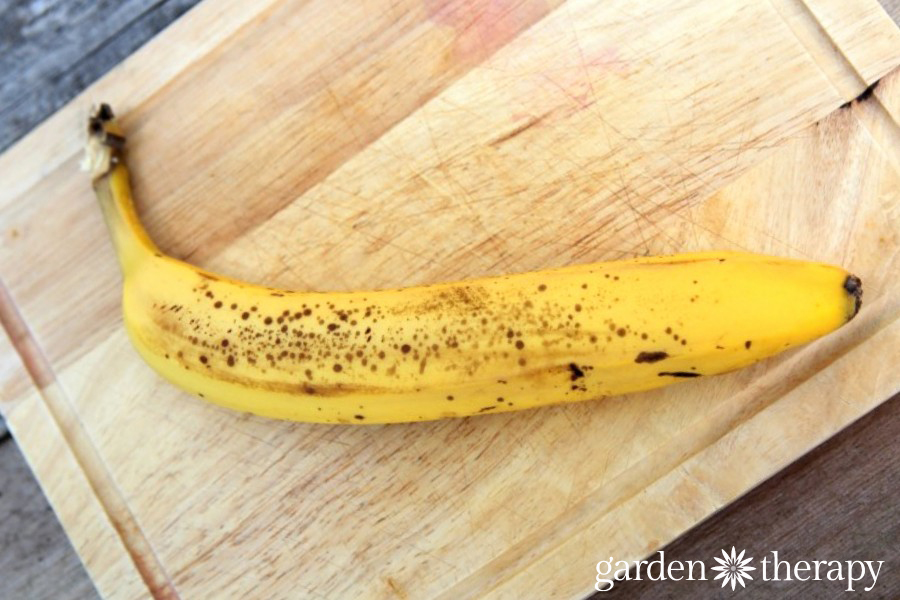

When to Add Fertilizer
Just because one fertilizer may have fewer overall nutrients than another or lack one of the primary nutrients altogether does not mean it is inferior to other fertilizers.
The key is knowing what your garden soil actually needs. Too much of one nutrient can actually harm some of your plants. A soil test can help you determine what your garden needs.
Personally, I usually skip most fertilizers in favour of adding compost yearly for my garden beds. Meanwhile, all my potted plants get regular liquid fertilizer during late spring and summer.
For example, the ground soil in a home garden probably has adequate amounts of phosphorus. Adding more than the plants need can run off into water systems, creating environmental issues.
Even more concerning is that phosphorus is a finite resource, and humans are consuming it for agricultural purposes at alarming rates. A home garden only needs it when a soil test shows a deficiency or when fertilizing plants in potting soil.
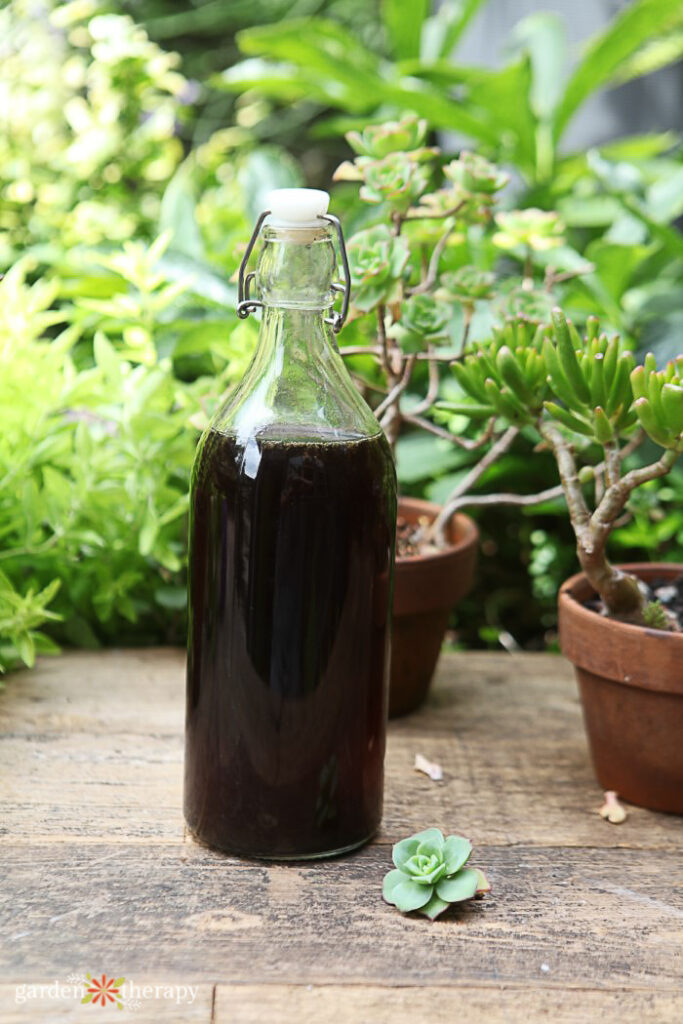

Fertilizer Label FAQ
Organic fertilizer is naturally derived from plants, animal products, and minerals. It tends to be more forgiving since it is not as readily available to plants and regulates the speed at which the nutrients are available to plants.
On the opposite end, synthetic fertilizers are synthesized chemicals of nutrients and are made to be readily available to plants. Designed to be taken in quickly by the plant, it can be easy to overapply synthetic fertilizer and cause fertilizer burn. It can also get washed away into groundwater and damage the local ecology.
For these reasons, I always use organic fertilizers in my garden. I break this down into more depth in this article.
Liquid fertilizer is typically diluted in water since it has a higher concentration than granular fertilizer. It is best as a quick-release fertilizer since it immediately passes nutrients to the plants. It is often used for hand-watering containers, houseplants, and vegetables.
Granular fertilizers are dry pellets that slowly release nutrients over a long period of time. They are typically applied only once or twice a year and are used for lawns and perennial shrubs.
Different plants have different nutrient requirements. It’s important to know exactly what your plant needs and what you already have. Performing a soil test can help indicate the pH of your soil and available nutrients.
Once you know what you need to add, you can read the N-P-K fertilizer ratio listed before buying the fertilizer. It doesn’t need to be exact, but get as close as possible.
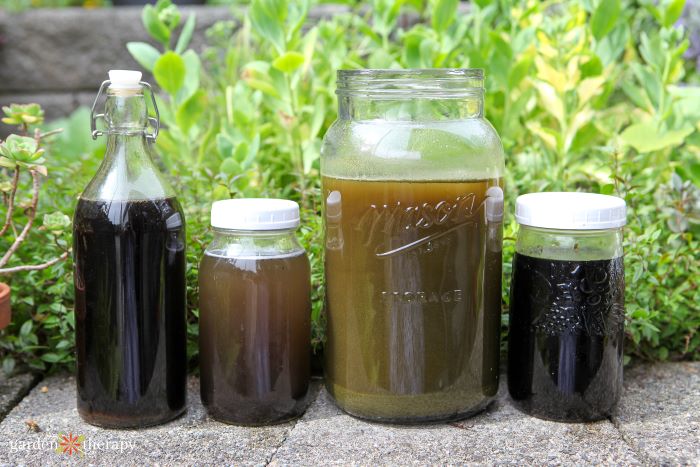

More Tips for Using Fertilizer
A city girl who learned to garden and it changed everything. Author, artist, Master Gardener. Better living through plants.


